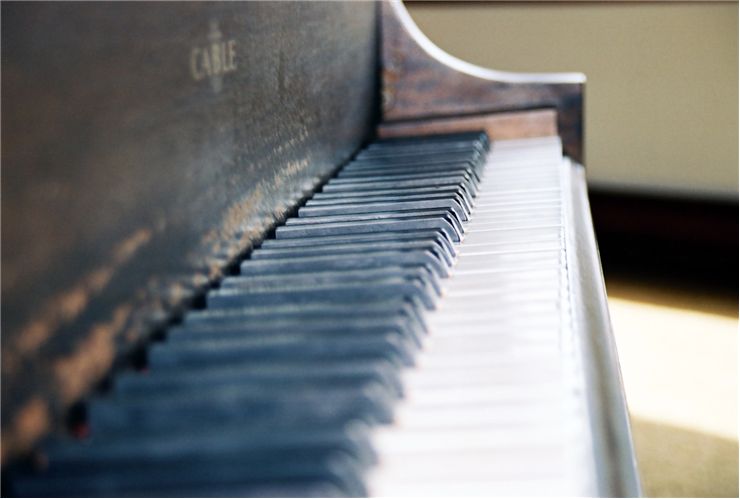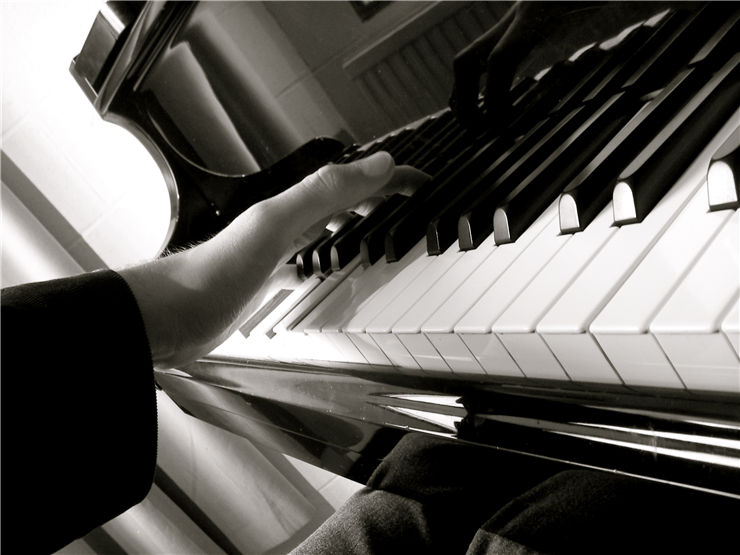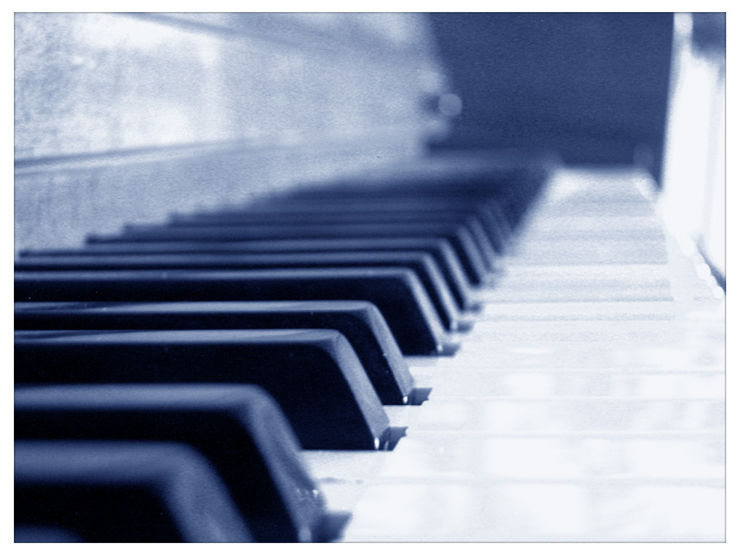Who Invented Piano? - Invention of Piano
Even though they appeared relatively late in our history, and even though their high price, complexity of manufacture and difficult time of making it into the streamlined instrument that is loud, consistent and easy to play, pianos managed to beat almost all of its competitors and easily fight for the prize of being one of the most popular musical instruments in the world during the last two centuries of our history. Today, after so many inventions, expansions of its capabilities and millions of musicians who managed to use pianos in all popular music genres, this instrument managed to prove that human innovation and thirst for music will never stop.
Fist glimpses of modern piano appeared around 1400 when Italian musician and luthier Giovanni Spinette managed to create first clavichord, which represent a very simple and small wooden piano.
As dulcimer serving as original inspiration to the late medieval inventor from Italy, first simple models of pianos were not very usable because of their fragile construction, lack of sound drum that would increase its sound quality and inability to provide player with the means to be aggressive with its keyboard. Even with all those disadvantages, this first precursor of pianos called clavichord became very well respected in the royal and noble circles of early Renaissance Europe. This popularity of course immediately switched in favor of Italian pianoforte, first modern piano that was created by musician and inventor Bartolomeo Cristofori in early 1700s. From that point on, even though they were expensive and hard to produce, pianos became one of the most popular instruments in Europe, fueling many inventors to solidify piano design and enable musicians to fully invest themselves in these incredible instruments.
With the help of English inventor John Broadwood who added more octaves, pedals and louder sound, and Sebastian Erad who enables musicians to play keyboards aggressively without the fear that they will damage strings or hammer mechanism, pianos truly became a modern instrument that we know it today. Immediately after those inventions, musicians such as Mozart, Beethoven and Liszt took pianos and elevated them in the forefront of the classical music movement, creating masterpieces that will live forever as integral markers of the progress of mankind thought thousands of years of modern history.
Today, after so many years of piano history, this incredible instrument managed to form into several different types, from classical Grand pianos, to Upright models that can be found in many houses, to digital keyboard who managed to dominate the world of music with its incredible capabilities of sound reproduction and giving musicians freedom to play anything they want using many advanced modern techniques. This versatility of modern digital pianos is precisely what enabled them to become part of almost every modern band, no matter if its playing jazz, pop, folk or hundreds other musical styles. However, even this expansion of digital keyboard-powered instruments did not endanger the popularity of traditional pianos, which are today created not only by modern manufactures, but several of the old ones that still use hand-made manufacturing that gives the most respected sound and component quality (Steinway & Sons, Bosendorfer, Mason & Hamlin, Bechstein, all hand-made focused companies who started their manufacture during 1800s).


